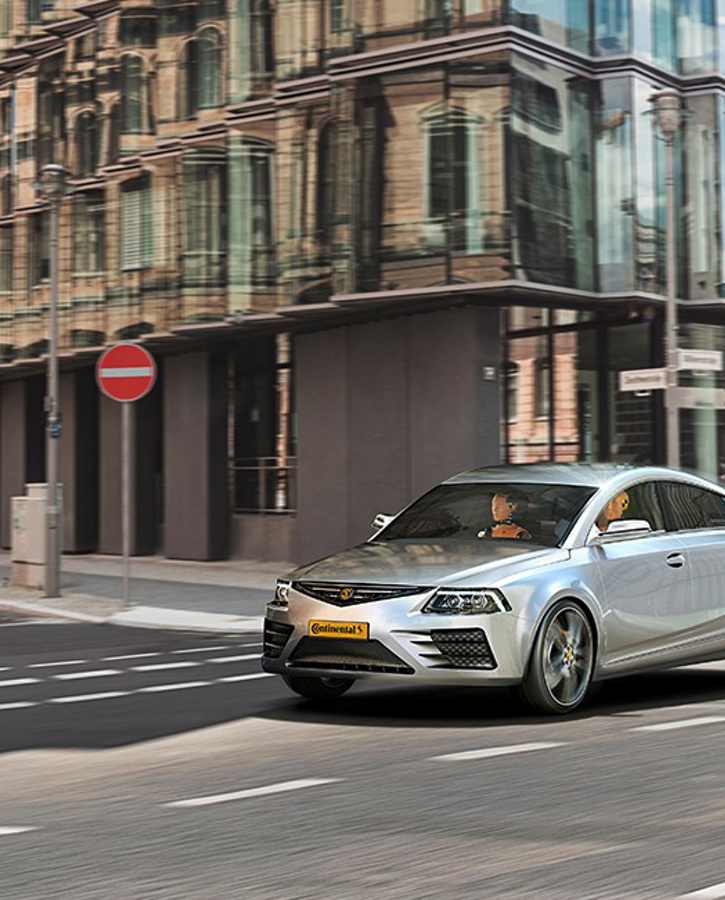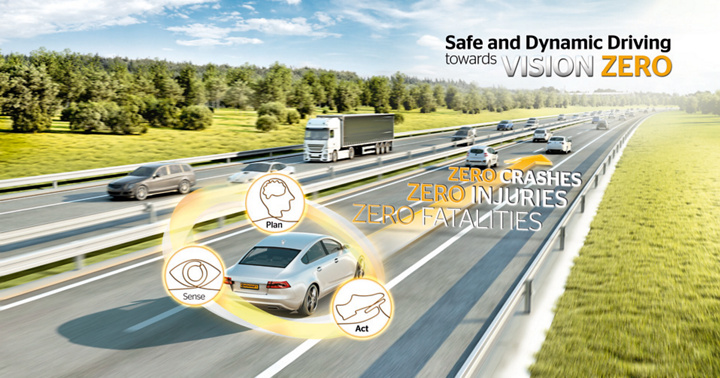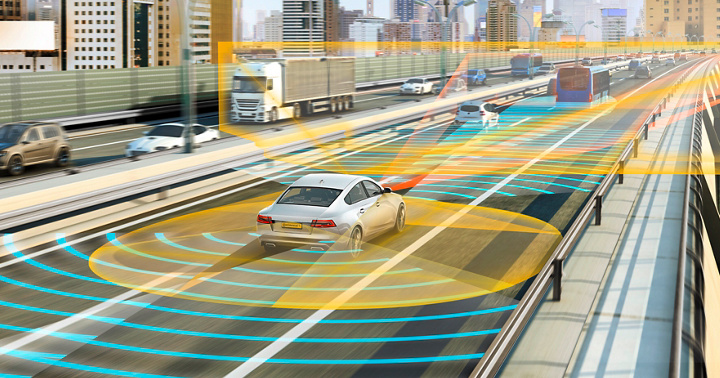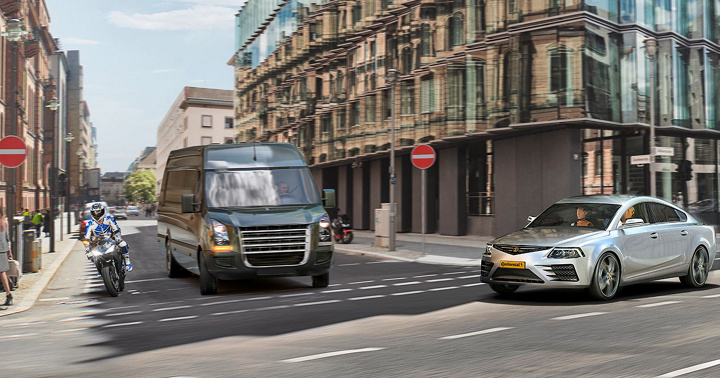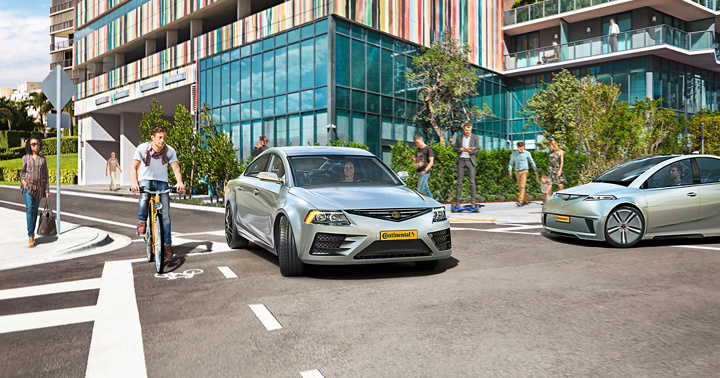Continental is pursuing a major goal: Vision Zero, a world without road accident victims. Until then, accidents cannot be prevented entirely – but their consequences can at least be minimized. Andreas Forster is an expert in restraint systems in the Passive Safety and Sensorics innovation area at Continental. He explains the most important technologies and research initiatives that aim to protect people from serious injuries in accidents that are not currently preventable.

- Mr. Forster, Vision Zero is an ambitious goal. How far away are we from achieving this?
We need to consider the “Vision Zero” goal from a different perspective. Being able to largely prevent accidents is one thing. We’re sure to get there one day, although it will certainly take a few more decades. But what we’re already doing very well today, and are getting better at with every innovation, is mitigating the effects of unpreventable accidents and thus further reducing the number of deaths and serious injuries from road traffic accidents. The European Commission aims to halve the number of deaths from road traffic accidents every decade. This is an ambitious goal, but also realistic. We’re committed to helping achieve it.
- You are experts in technologies that take effect in the vehicle where an accident cannot be prevented. What is the most important system in your opinion?
The restraint system consisting of a belt and airbag. It’s still the central safety system in vehicles today. Despite major advances in sensor technology and the anticipatory prevention of accidents, we’ll continue to be faced with unpredictable traffic situations for some time to come. The airbag principle itself is quite old. However, current airbag generations offer the best protection in the event of accidents thanks to innovative algorithms and control systems.
- On the path toward Vision Zero, the principle of damage control applies. What are typical accident scenarios that cannot yet be prevented?
First of all, on the positive side, we’re now able to manage rear-end and head-on collisions quite well. Innovative sensor systems have had a very positive impact on accident statistics here. Emergency brake assist or lane departure warning systems, for example, can help to prevent accidents entirely as active safety systems. At the same time, accidents involving side impacts are becoming increasingly relevant. Intersections in particular are accident hotspots, since vehicles and others road users arriving from different directions all converge together. We also have the issue of concealment here. Pedestrians and cyclists can be obscured by a truck at the traffic lights, for example. A bus, a tree or a parked car may obstruct a driver’s view of a motorcyclist.
- There are often two parties involved in accidents: the people in the vehicle and, for example, pedestrians and cyclists. How can more vulnerable road users be better protected by technology?
The issue of pedestrian protection is a key factor nowadays when it comes to significantly reducing the number of road deaths. And when I say “pedestrian”, I’m also referring here to cyclists as well as users of new mobility options such as electric scooters. At intersections, more vulnerable road users can collide with a vehicle from all directions at all conceivable angles, and especially from the front. Manufacturers are therefore constantly striving to adapt the front end in line with new findings from accident research, including new safety technologies from Continental, with the aim of reducing the impact of collisions.
- Which technologies are used here?
In many vehicle models, the hood rises in a fraction of a second in order to reduce the impact in the event of a collision. The pressure sensor-based pedestrian protection system, which prompts the hood to open, is another one of our developments.
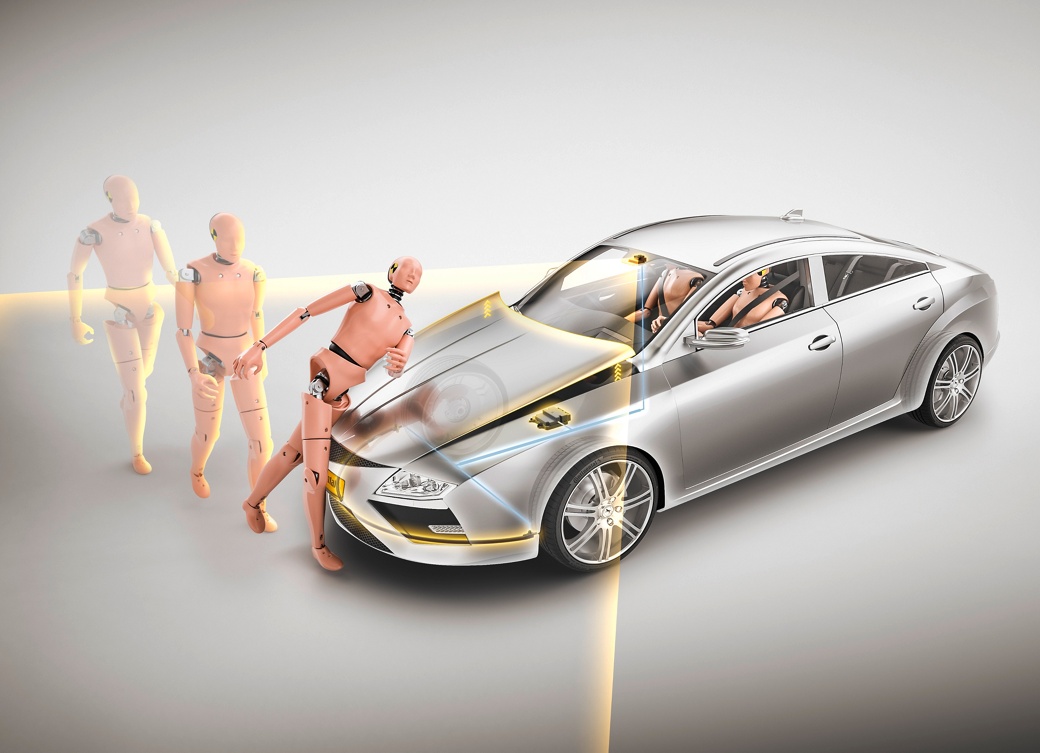
The engine hood is a relatively thin sheet of metal. In the past, many injuries were serious because the strong impact caused by deformation of the hood resulted in people colliding with the engine block underneath. This is why, for example, electric mobility also promotes safety. As electric cars don’t have a large engine block under the hood. There’s enough space to allow for deformation, in combination with a hood that’s raised to absorb and dissipate the energy from the impact.
- Where do you see further potential in the management of accidents that are not currently preventable?
We see great potential for commercial vehicles. In the area of passive safety, I can imagine a sensor system that recognizes critical situations approaching from the side. This, in conjunction with applications in the high-performance computer – another essential vehicle component from Continental, brings a truck to a stop before a cyclist or motorcyclist collides with it, for example. If this is no longer possible, a system such as this could at least prevent people from being run over. In truck accidents, the impact after initial contact are often not as dramatic as when a person is run over. This can be prevented quite easily with the appropriate sensor technology.
- It sounds as though you’re integrating a crystal ball into the cockpit that allows you to look at least a few seconds into the future and see what’s most likely to happen.
Yes, that’s a good way to put it. Although we call the crystal ball “Crash Prediction”. In the area of passive safety, we’re talking more about half a second, or four to five hundred milliseconds, that we’re looking at into the future.
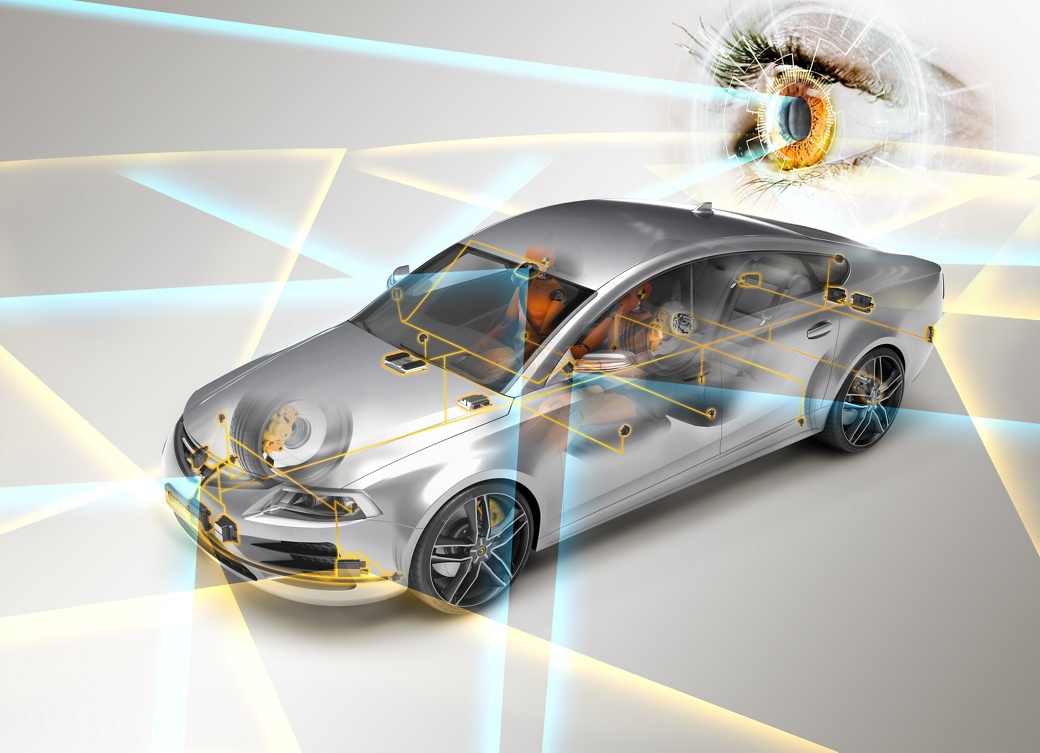
This “crystal ball” provides us with a hypothesis about what will happen in the blink of an eye. A so-called time-to-collision hypothesis, as we call it. If a sensor system detects an unpreventable collision, the sensors, airbag control unit and Active Emergency Belt Control, or belt tensioner, for example, communicate with one another in fractions of a second. This allows us to optimally prepare the occupants for the impending collision. The programming within an airbag control unit is crucial here, and this is a highly complex discipline in vehicle construction. The big challenge is ensuring that the airbag deploys at the precise time that the occupant is thrown forward or to the side. The setting differs from manufacturer to manufacturer, and from vehicle to vehicle. An enormous amount of expertise is required here to guarantee that all components interact with one another without any issues.
- Another decisive factor is how the occupants are positioned within the vehicle. Are the backrests set to be very straight, or does the driver prefer to drive in a semi-reclined position?
That’s exactly right. Ideally, we need a picture at all times of how the user is sitting in the vehicle, how they’re moving and which direction their head is facing. Interior sensor technology is therefore a very important research and development topic at Continental.
- Mounting a camera on the sun visor is presumably not enough.
The solutions are more complex. For example, we’ve developed a display where the camera is hidden in the touchscreen area. You don’t necessarily want to feel as though you’re being watched in your own car.
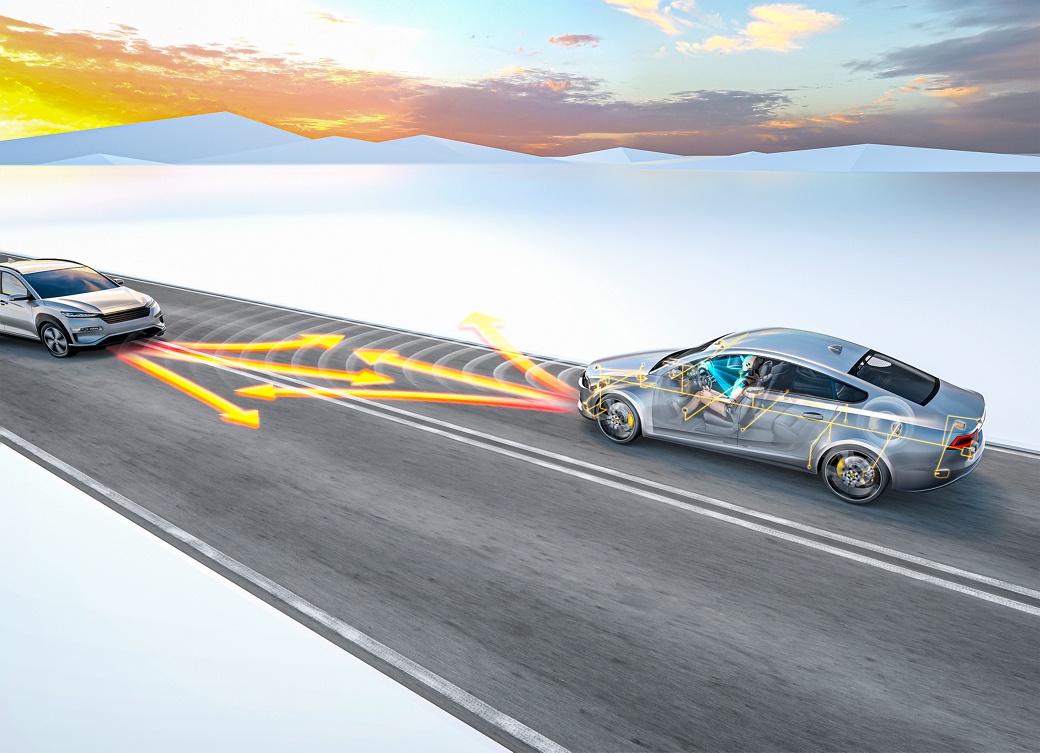
Of course, the camera systems for our Occupant Safety Monitor don’t generate any images that anyone at Continental or the vehicle manufacturer would or could view. They are only used by the on-board computer. However, further data is required in order to prepare the occupants for a possible accident and optimally position them.
- Which data is this then?
How heavy is the driver? As the force with which the head or body falls into the airbag is related to body weight. We have weight sensors installed in the seats for this purpose. How large are the passengers? Age can also be an important factor, since huge forces are applied to the chest through the belt system in the event of an impact. Additionally, how and where is the occupant actually sitting before I activate automatic restraint systems?
- So which sensor tells you the age of a potential accident victim?
The camera. The age of a person can be estimated quite well on the basis of image data. Not to the exact year, of course, but we don’t need it to be as precise as that. What we want to know is whether it’s an older or younger person sitting there. From this we can derive the appropriate scenarios, the strength of the restraint systems such as belt tensioners and determine the airbag pressure for each individual.
- Is the pressure set individually in each case?
This is crucial! If the pressure is too low for the weight and size of the occupant, their head will hit the steering wheel through the airbag. If it’s too high, it will bounce off the airbag as though they’re on a trampoline. The aim here is to dissipate the occupants’ kinetic energy by precisely regulating the airbag pressure at the moment of impact using the outflowing airbag gas and to minimize the consequences of the accident as a result. This is the general principle of passive safety systems: to redirect the forces generated by a collision in such a way that they can cause as little damage as possible to road users. In this way, we can increasingly better prepare people and vehicles for collisions that are still unpreventable today. Even with seemingly small adjustments, we can take significant steps toward a world without accident casualties.
